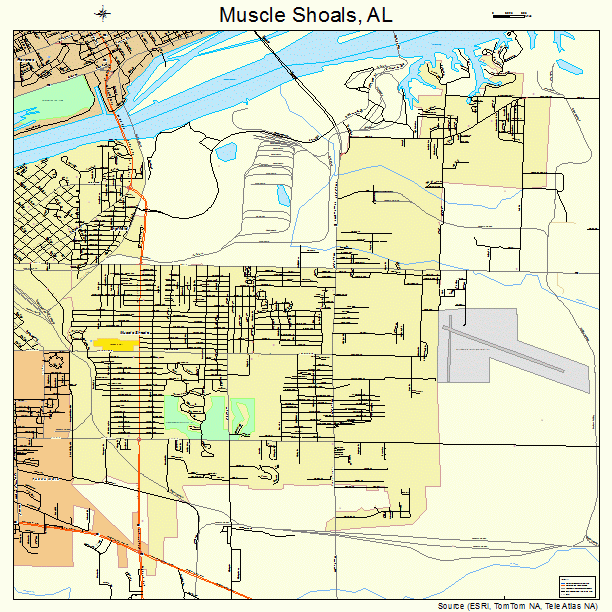How Is actually Non-Dischargeable Expense Managed Throughout the Personal bankruptcy?
For folks who have tall costs that they’re incapable of pay back, personal bankruptcy was a procedure that will help him or her score a brand new begin. Extremely individual costs, plus playing cards, medical bills, and you will finance, will likely be released courtesy personal bankruptcy. Since process is performed, such debts will be forgiven, plus the debtor will not have to spend exactly what was due. Yet not, there are certain brand of costs that can’t become got rid of. These types of costs, being called low-dischargeable expenses, continue to be on debtor despite this new bankruptcy process has been finished. It is very important understand how these types of bills commonly be managed during a bankruptcy case.
Types of Low-Dischargeable Debts

Child support and you may alimony money – Expenses that are categorized as “home-based service debt” will continue to be elitecashadvance.com 3000 loan bad credit owed, together with quantity due have to be paid in complete, despite another person’s financial predicament. Attract will accrue towards balance, and people constant repayments which have been ordered because of the a judge need certainly to are nevertheless reduced.
Taxes due with the Irs or a state or state – Straight back taxation always can not be discharged, and they’ll are due shortly after doing the new personal bankruptcy processes. not, you will find several instances when federal income tax expense are released so long as particular criteria was found. Taxation debts which might be more than 36 months old from the day a guy records getting personal bankruptcy is generally discharged, provided the individual enjoys registered every required tax statements towards earlier few years and you may will continue to file taxation statements and you may spend taxes that will be due during their bankruptcy case.
Student education loans – Federal education finance, also individual money supported by the federal government, are generally non-dischargeable. Continue reading →


